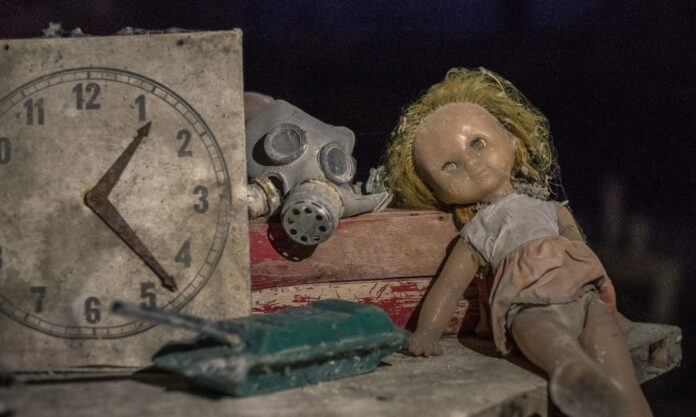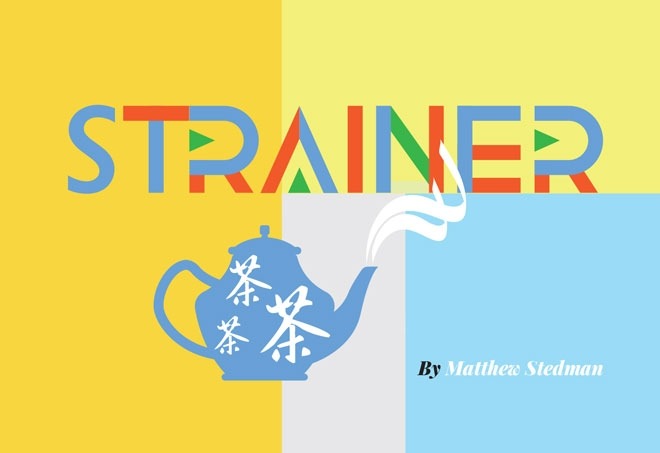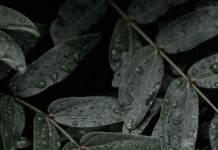Tea is supposed to be zero calories. So what is this shiny slick on the surface of yesterday’s drink?
It’s like the blue-brown façades of blocks in China’s fourth tier. It’s like a rolled scarab carapace. It’s like the squeezed temple of a liquid crystal.
Shake it and the metallic tectons quite collapse, broad shards collecting into one bronze rim-stain. Perhaps this is why we are frequently warned not to drink tea that’s been left overnight.
Well, if there is a swollen cigarette-butt floating on top, let me concur; that cup may indeed be poison. But these rainbow fields of the second day don’t require spittoon abuse (or worse); there was something already in that drink just waiting to settle.
It’s the red teas, in my experience, which produce the most dramatic crystalline tea quilts. But Long Jing (龙井绿茶) will do this too.
“Tea Scum” as some (unfairly) call it, remains somewhat mysterious to scientists and tea fans as of 2023. I’ve seen it attributed to the tiny quantities of oil used in the pan firing of green teas, which should, ideally, be derived from buds of the tea plant. Must try and buy some of that tea oil!
Most studies concede that a large proportion of these solids come from impurities in the water, especially in hard-water regions. The boiling vessel may exert an additional influence.
And there is increasing evidence that in this compact disc we are looking at, tea catechins themselves, their emergence from the leaf, is especially exacerbated by certain water types.
Nothing poisonous. Nothing which wasn’t there yesterday when the drink was hot. Quite pretty, honestly.
The topic has been on my “Strainer” must-explore list for several years. And what inspires me to write is a Soviet-era film, also on a longstanding list and now finally watched.
“Stalker” (Сталкер) is a film that delights in scum. Its wasteland may have been created by a “meteorite” impact, not by the Chernobyl disaster which really did hit 7 years later, but you can imagine it already; industry recovered by nature, moss-conquered concrete and precarious rust.
This is a wet film. When our adventurers reach the threshold of The Room, it’s appropriate that the indoor environment is flooded. Holy water. Even outside The Zone, where Tarkovsky restricts viewers to sepia monochrome, the water is turpid, rich, its reflective surface like celluloid itself.
No, of course I didn’t understand it. But this is 3 hours I’ll not forget, which I do fully intend to repeat.
What particularly haunts now is the knowledge that Stalker’s filmogenic waters; in which the actors lie side-prone, up to their eyebrows; actually were toxic. Few of the movie’s most prominent contributors, nor the director’s wife, lived to see 1986.
That’s not to say there is anything especially dangerous about this film on your tea, unless you brewed it from pondwater.
And the oiliness should not be surprising. Just like the tannins lingering on the tongue, there has to be some mass, some physicality, some calories somewhere. Aromatic phenomena, including those tobacco related, usually are oil-based.
This cold spectacle is fragile and lacks animation; it cannot compete with the macabre writhing of bonito flakes or the kaleidoscopic depths of Miso Soup. It pales against the sacrificial majesty of Stalker’s reel. But it’s something. When those fraudulent Victorian mystics fixated on the leftover sediments of cheap tea, I can’t help feeling they missed a trick.












